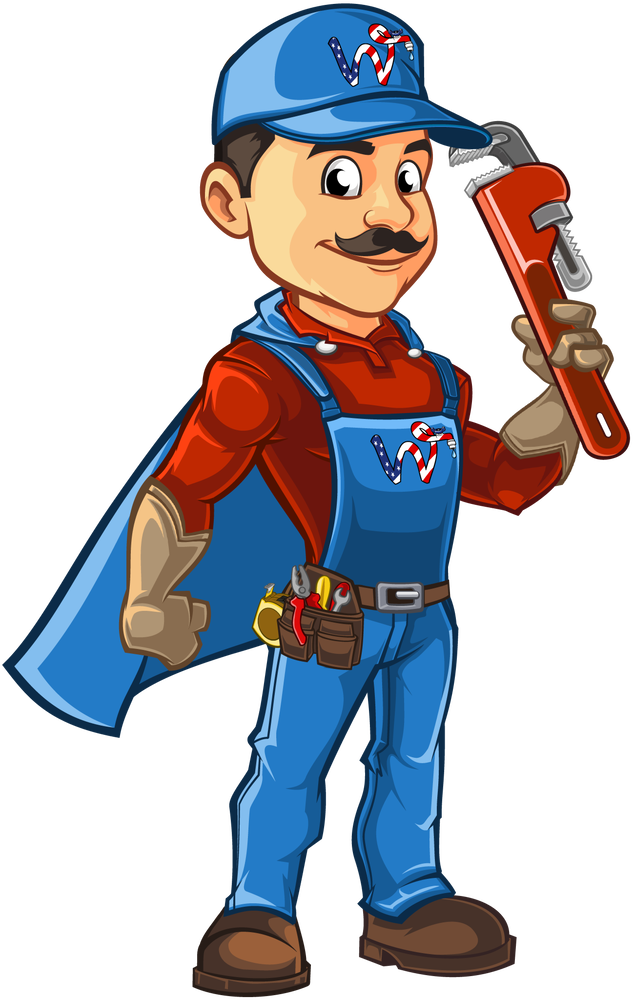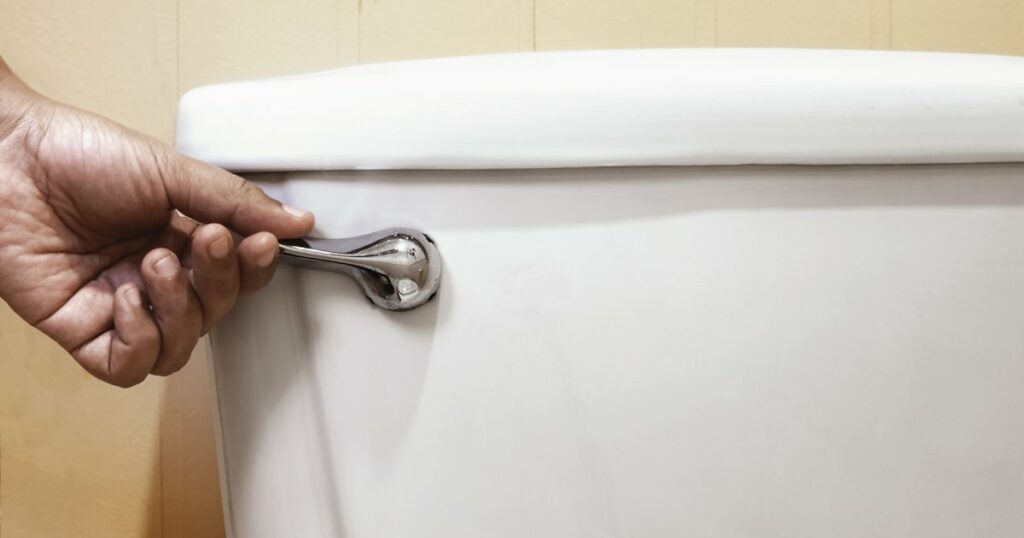
It can feel rather alarming when you flush your toilet and suddenly water starts leaking, Especially when you do not know what caused the leak. Thankfully, though, these leaks are typically pretty minor issues with easy fixes. However, some of these issues may not be visible unless the toilet is moved. White’s Plumbing in Youngsville, North Carolina is happy to come and check out your leaking toilet for you. In the meantime, here are common issues that arise when a toilet leaks after flushing:
Toilet Tank Crack
If you have a crack in your toilet tank, the water will begin to leak out and onto the floor. To make sure that there are no cracks in the toilet tank, check around the porcelain. Since the tank holds water between every flush, it makes sense that water would spill out as it begins to refill the tank. You will want to check inside and outside the tank for cracks.
The tank is not cracked, the porcelain near the bottom of the toilet itself may also have a crack. You may want to check around the bottom of the toilet to make sure nothing has cracked down there. Unfortunately, if there’s a crack in the porcelain of your toilet, you may need to purchase a new one.
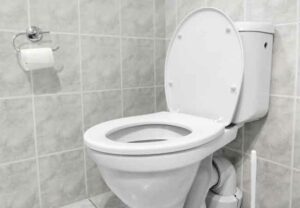
Loose Tank Nuts/Bolts
Similar to a cracked tank, if the nuts and bolts that hold the tank onto the toilet are not properly installed, it will cause a leak. These nuts and bolts need to be installed properly and tightened in order to ensure that everything stays in place. If they are loose, that allows water to easily escape the tank and leak onto your floor. Try tightening these nuts and bolts and seeing if the water still leaks the next time you flush.
Clogged Pipe Under Toilet
A clogged toilet seems obvious; usually know when you have a clogged one. However, sometimes the clog does not originate inside the toilet, but in the piping underneath it. When a pipe under the toilet clogs, it will push the water back up.
This will cause a leak as the water comes out of the toilet bowl or out of the base of the toilet. However, unless you have a drain snake handy at home, these are not as simple to unclog. You may want to call a plumber, such as White’s Plumbing, to unclog your toilet.
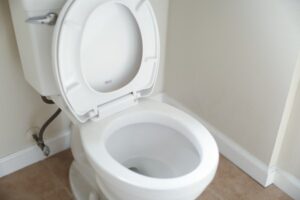
A Bad Wax Ring
The wax ring provides a seal between the bottom of the toilet and the toilet flange. The original purpose of this wax ring is to prevent any sewer gases from getting into your home. However, when the wax ring goes bad, not only can sewer gases get into your home, water can also seep up from under the toilet. Another way to know if the wax ring is bad is if the ceiling underneath the toilet begins to leak. Because the wax ring is underneath the toilet, this may require a plumber to come check your toilet.
Faulty Flush Valve
One of the key components of your toilet that can cause leaks when flushing is a faulty flush valve. The flush valve is responsible for allowing water to flow from the tank into the bowl when you press the handle to flush. If the flush valve becomes damaged or worn out, it can result in water leaking out of the tank and into the bowl continuously, or worse, leaking onto the floor.
How Does a Flush Valve Fail?
Flush valves can fail due to a few reasons. Over time, the rubber flapper that seals the flush valve can deteriorate or become warped. This prevents it from sealing properly, leading to water leaking from the tank. Additionally, mineral buildup from hard water can cause the flush valve to malfunction. If the valve seat gets corroded or damaged, the flush valve will not seal correctly, which can also lead to leaks.
How to Fix a Faulty Flush Valve
To address a faulty flush valve, you’ll need to replace the damaged flapper or the entire flush valve assembly. Start by turning off the water supply to the toilet and flushing it to empty the tank. Remove the lid and inspect the flush valve. If the flapper looks worn or cracked, simply replace it with a new one. If the entire flush valve assembly is damaged, you may need to replace that as well. Follow the manufacturer’s instructions for your specific toilet model to ensure proper installation.
Damaged Overflow Tube
The overflow tube is another component that can lead to leaks in your toilet. This tube is designed to prevent the tank from overflowing by directing excess water back into the bowl. If the overflow tube is damaged or improperly positioned, it can cause water to leak out of the tank during and after a flush.
Why Does the Overflow Tube Get Damaged?
Overflow tubes can become damaged over time due to wear and tear or physical impact. If the tube is cracked or broken, water can escape during flushing. In some cases, if the tube is not adjusted to the correct height, it can lead to constant water flow into the bowl, which may result in excessive water usage and leaks.
How to Fix a Damaged Overflow Tube
To fix a damaged overflow tube, start by checking for any visible cracks or damage. If you find any, you’ll need to replace the tube. First, turn off the water supply and flush the toilet to empty the tank. Remove the lid and carefully disconnect the overflow tube from the flush valve. Replace it with a new one, ensuring it is secured properly and positioned at the correct height. Once everything is reconnected, turn the water supply back on and test for leaks.
Improperly Adjusted Fill Valve
The fill valve, which controls the flow of water into the toilet tank after a flush, can also cause leaks when it is improperly adjusted. If the fill valve is set too high, it may allow water to flow into the overflow tube, leading to leaks around the toilet base or into the bowl.
What Causes Fill Valve Misadjustment?
Fill valves can become misadjusted due to regular wear or accidental bumps during cleaning or maintenance. If the float mechanism inside the fill valve is stuck or malfunctioning, it may not shut off the water flow when the tank is full, resulting in excess water spilling over into the overflow tube.
How to Fix an Improperly Adjusted Fill Valve
To address a misadjusted fill valve, start by turning off the water supply and flushing the toilet to empty the tank. Once empty, locate the fill valve and adjust the float arm. If the float is too high, lower it until the water level in the tank is at the appropriate height, usually about an inch below the top of the overflow tube. If adjusting the float does not work, consider replacing the fill valve. Follow the manufacturer’s instructions for installation, ensuring that all connections are tight to prevent leaks.
Call White’s Plumbing Today
If you’re having issues with a leaking toilet, White’s Plumbing in Youngsville, North Carolina can help. Sometimes the issue is obvious, while other times it may be hidden. If you cannot see anything wrong with your leaking toilet, you may want to call a plumber. Here at White’s, we provide fast plumbing repair for Wake and Franklin Counties. We can even replace your toilet if necessary. Contact us today with any questions or fill out the form to the right and someone will be in touch with you shortly. We look forward to helping you soon.
